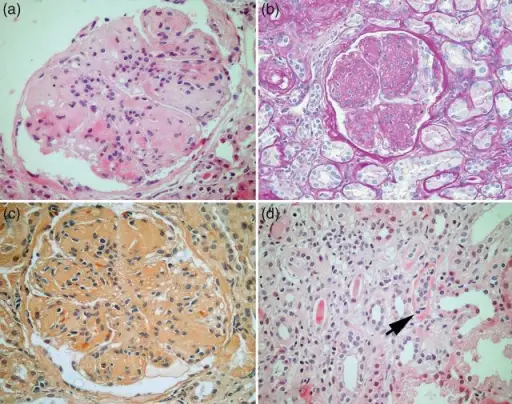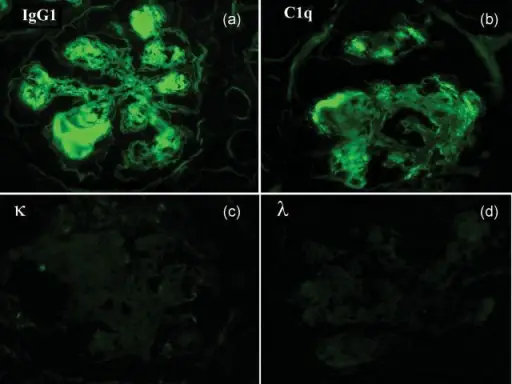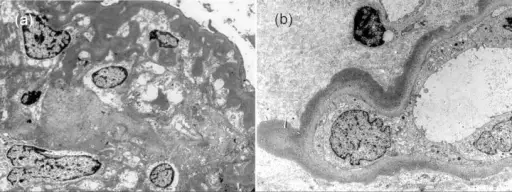Heavy chain disease is a B-cell proliferative disorder characterized by production of abnormal, structurally incomplete, immunoglobulin heavy chains without the corresponding light chains.
What is the Pathology of Heavy Chain Disease?
The pathology of heavy chain disease is:
-Etiology: The cause of heavy chain disease is unknown.
-Genes involved: heavy chain gene
-Pathogenesis: The sequence of events that lead to heavy chain disease appear to result from structural genetic mutations in heavy chain proteins with internal deletions.
-Histology: The histology associated with heavy chain disease shows proliferation of B cells and extensive lymphoplasmacytic or plasmacytic infiltrate.
How does Heavy Chain Disease Present?
Patients with heavy chain disease typically are predominantly males, present at median age 58 years at diagnosis. The symptoms, features, and clinical findings associated with heavy chain disease include fever, mild anemia, difficulty swallowing (dysphagia), recurrent upper respiratory tract infection, lymphadenopathy, enlarged liver and spleen.
How is Heavy Chain Disease Diagnosed?
Heavy chain disease is diagnosed by documentation of a deleted immunoglobulin heavy chain without a bound light chain in the serum or urine. Bone marrow or lymph node biopsy done if other tests are not diagnostic, reveals variable histopathology.
How is Heavy Chain Disease Treated?
Heavy chain disease is treated by chemotherapy using alkylating agents and corticosteroids.
What is the Prognosis of Heavy Chain Disease
The prognosis of heavy chain disease is variable. The median survival with aggressive disease is about 1 year.





